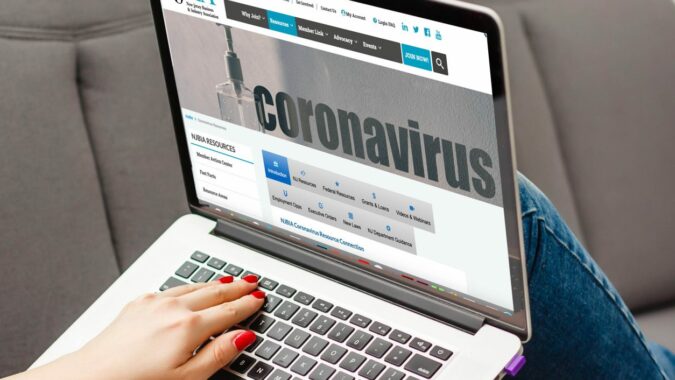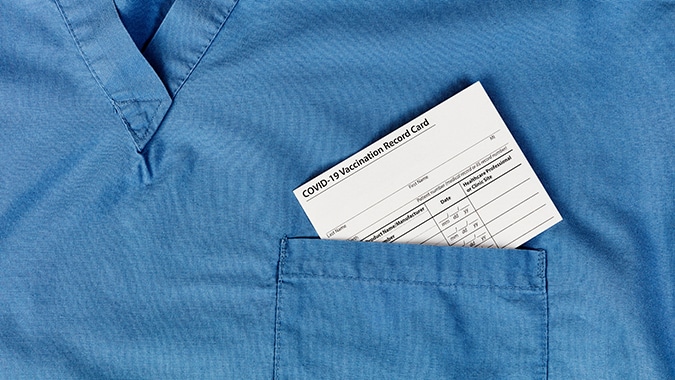 One of the more attractive features of Paycheck Protection Program (PPP) loans is the possibility that the borrower may never have to pay it back. But loan forgiveness is far from automatic.
One of the more attractive features of Paycheck Protection Program (PPP) loans is the possibility that the borrower may never have to pay it back. But loan forgiveness is far from automatic.
During an hourlong webinar this morning, Al Titone, the Small Business Administration (SBA) district director for New Jersey, was joined by members of the accounting firm Prager Metis to provide some additional details on the SBA loan programs created to help businesses deal with the coronavirus pandemic—the PPP and Economic Injury Disaster Loans (EIDL).
By now, the basics of the loan programs are known. If you need more details on how to apply, please visit the grants and loans section of NJBIA’s coronavirus resources page.
The PPP is designed to help employers impacted by the pandemic continue to pay their employees whether or not their business is open or their employees are working. The loan forgiveness provision is the big carrot the federal government is offering to accomplish that goal, considering the loans can be for as much as $10 million.
According to Titone, however, there are four things that a business has to do to qualify for loan forgiveness:
- Spend at least 75% of the loan amount on payroll, which can include the cost of health benefits but not be more than $100,000 for any individual employee. The loan amounts are calculated based on a business’ past payroll to begin with, so it is meant to be used to pay employees.
- Maintain the same number of employees or restore employment to the same level it was prior to Feb. 15. If you’ve already laid off or furloughed employees, you have until June 30 to restore them. A business does not have to rehire the same employee, but it has to have the same number of employees it had prior to Feb. 15.
- Pay salaries and or wages that are at least 75% of what employees were making before the pandemic hit. Again, businesses that have cut hours or pay have until June 30 to restore the pay levels.
- Use the loan to pay approved expenses outside of payroll, including utilities, rent and/or interest on the mortgage for the place of business.
Titone stressed however that loan forgiveness is not an all-or-nothing requirement. If, for instance, a business is only able to bring back eight of its 10 employees by the June 30 deadline, it can still get a portion of the loan forgiven.
“It doesn’t mean you have to pay the whole loan back,” Titone said, “just the difference between what you did use for those (eligible) costs and what’s left over.”
Robbin Caruso of Prager Metis said businesses should consider what they need the loan for before deciding whether to use a disaster loan or the PPP. While businesses can apply and be approved for loans under both programs at the same time, those loans cannot be used to cover the same costs.
“If you’re really needing this money for working capital and supplies and things the PPP won’t enable you to use, then you might need to rethink which loan is better for you, and the EIDL might be the better choice,” Caruso said.
Disaster loans can be used for payroll as well, and while they’re not forgivable, they do have a 30-year term, while PPP loans have to be paid back in two years, Titone added. There’s also no penalty for paying them off early.
Caruso said businesses should also make sure they keep good records now so they can prove to the bank later on that they spent the money on forgivable expenses. Even though it’s a government loan, the banks are the ones that will be evaluating the applications for loan forgiveness.
“It’s the bank that has to review all of that and say, ‘yes this is authorized for forgiveness,’” Caruso said. “So they have a lot of responsibility. We can make their lives easier by being prepared with everything we need.”
One thing businesses should not do is dawdle when it comes to restoring their payroll just because the deadline for restoration is June 30. Both Titone and Caruso said a business that waits too long after the loan is received could find itself in hot water.
NOTE: All past questions directed to NJBIA as comments on this page were answered privately through NJBIA Member Services. Future message will also be monitored and responded to within the comments section.




